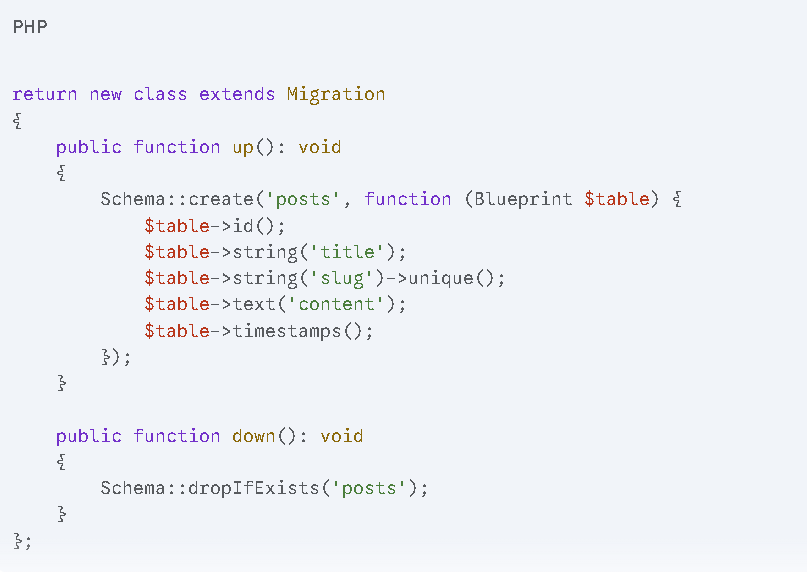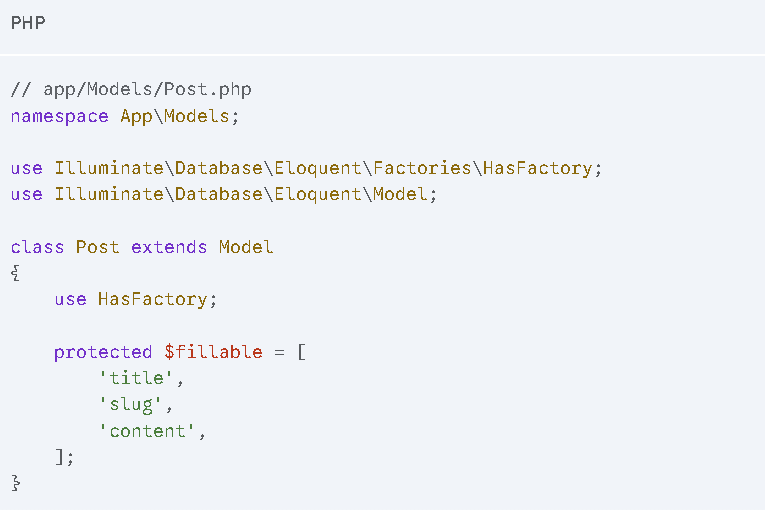The craft of software development has long been defined by a dual-sided coin: the creative problem-solving and the monotonous repetition. For every moment spent architecting a new feature, a developer spends countless hours on boilerplate—the repetitive, structural code that underpins almost every project. From setting up a basic REST API to defining a database migration, these tasks are essential but rarely innovative.
But what if this is a relic of the past? What if the era of “Ctrl+C, Ctrl+V” is giving way to a new paradigm? AI coding assistants like GitHub Copilot and Amazon CodeWhisperer are fundamentally changing this equation, not by replacing developers, but by liberating them from the tyranny of repetitive tasks.
Let’s illustrate this with a practical example: setting up a simple blog API.
The Old Way: Manual, Methodical, and Monotonous
Imagine you need to create a simple API to manage blog posts. You’re a full-stack developer using Laravel and MySQL. The process, while familiar, involves several steps that are almost identical for every new resource.
Step 1: The Migration First, you’d create a database migration file to define the posts table.

You write this code, carefully defining each column and its type, and then run php artisan migrate.
Step 2: The Model Next, you’d create the Eloquent model to interact with the database.

You manually type out the fillable array to protect against mass assignment vulnerabilities.
Step 3: The Controller Finally, you’d create the controller with the standard CRUD methods (index, store, show, update, destroy). This is where the repetition truly sets in.

This is a standard, correct, and completely uninspired process. It’s a necessary evil that consumes time and mental energy, even for experienced developers.
The New Way: Prompting, Generating, and Reviewing
Now, let’s see how an AI assistant changes this workflow. Instead of writing code, you focus on providing clear, concise instructions.
Step 1: The AI Prompt You start with a simple command in your IDE’s AI chat window or via a comment.
Within moments, GitHub Copilot or CodeWhisperer will generate the entire migration file, complete with the up and down methods. It knows the standard Laravel syntax and conventions, so the generated code is clean and correct. You simply review it and accept the suggestion.
Step 2: The Model and Controller Next, you move to the model.

The AI instantly generates the Post.php model with the correct fillable properties.
For the controller, the process is even more powerful. You can prompt for an entire resource.

The AI will generate the entire PostController.php file, including all the CRUD methods, the necessary imports, and even basic request validation rules.
The key difference here is not just speed, but a profound shift in mental focus. The developer is no longer a code typist but a “prompt engineer” and a “logical reviewer.”
The New Role of the Developer
The death of boilerplate code doesn’t mean the death of the developer. It means the opposite: our role is elevated.
From Typing to Prompting: We shift from meticulously writing syntax to articulating logical intent in natural language. The skill becomes not knowing every function signature by heart, but in knowing how to ask the right questions.
From Generation to Review: The most critical skill is now the ability to critically review AI-generated code. Is it secure? Is it efficient? Does it align with the project’s architecture? This requires a deep understanding of core programming principles—a knowledge that cannot be automated.
Focus on the Big Picture: By offloading the mundane, developers can dedicate more time to high-level architectural design, complex problem-solving, and creative feature implementation. We can innovate, not just replicate.
AI isn’t a replacement for the developer’s brain; it’s a new, more powerful tool for our hands. The apathetic task of writing boilerplate code is dying, and from its ashes, a more creative, strategic, and efficient form of software development is being born.
